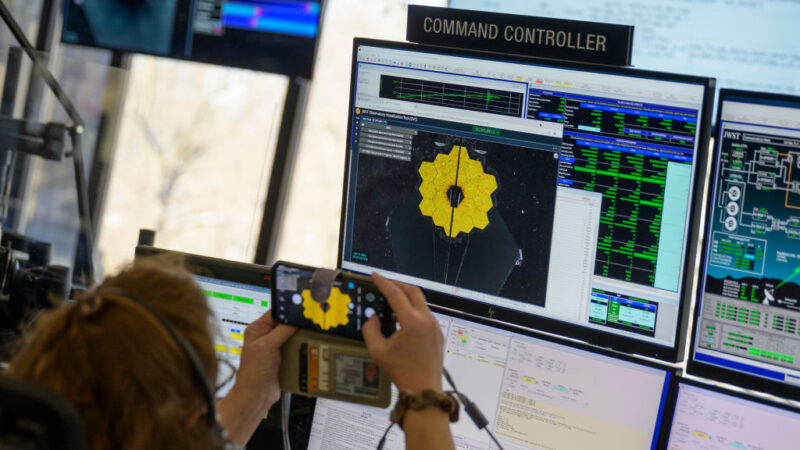Beijing time:2022-07-21 02:59
[NTD, Beijing, July 21, 2022]NASA only released images from the James Webb Space Telescope to the world last week. Scientists analyzing the data said on the 20th that Webb Space Telescopes may have discovered the Milky Way that existed 13.5 billion years ago.
Rohan Naidu, a scientist at the Harvard-Smithsonian Center for Astrophysics, told AFP that the galaxy, called GLASS-z13, dates back 300 million years after the Big Bang. , about 100 million years earlier than the previously discovered Milky Way.
“We may have observed the most distant starlight, farther than anyone has ever seen,” he said.
The farther an object is from us, the longer it takes for light to reach our eyes, so observing the distant universe is tantamount to gazing into the deep past.
The GLASS-z13 galaxy existed in the earliest days of the universe, but we don’t yet know its exact age, as GLASS-z13 could have formed at any time within the universe’s 300 million years of existence. (click to watch related video)
GLASS-z13 was discovered in “preliminary release” data from the Near Infrared Camera (NIRCam), the Webb Space Telescope’s primary imaging device, but was not announced when NASA released the first images last week. item message.
When transitioning from the infrared to the visible spectrum, GLASS-z13 appears as a red blob with a white center in a mass of distant cosmic images known as the “deep field.”
James Webb Space Telescope may have found earliest known galaxy in the universe – that existed 13.5 billion years ago.
“We’re potentially looking at the most distant starlight that anyone has ever seen,” astronomer and lead author Rohan Naidu tells @AFPhttps://t.co/E4SC5i7Q6p pic.twitter.com/VsHWkMC0S3
— AFP News Agency (@AFP) July 21, 2022
A global team of 25 astronomers, composed of Naidu and colleagues, has submitted the findings to scientific journals. Currently, the research results are stored and published on a “preprint” server, with a warning that it has not yet been peer-reviewed, but it has generated a lot of buzz in the global astronomy community.
NASA chief scientist Thomas Zurbuchen tweeted: “The astronomical record is shaky and many more are on the way.”
He added: “Yes, I usually only cheer when scientific research has been peer-reviewed, but this seems to have a good chance of passing the scrutiny.”
(Editor in charge: Lu Yongxin)
URL of this article: https://www.ntdtv.com/b5/2022/07/21/a103484143.html
